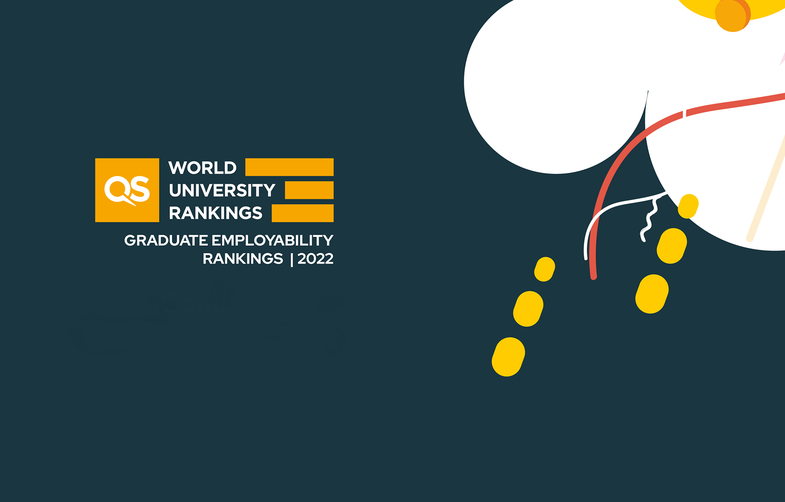QS Rankings: HSE University Graduates in High Demand Worldwide

HSE University has placed in the top 250 universities worldwide in the QS Graduate Employability Rankings despite increased competition. A total of 786 universities were assessed for this year’s rankings—an increase over last year. The published list of 550 universities is also 10% larger than last year’s.
The rankings once again demonstrate that HSE University graduates are highly sought after both in Russia and worldwide. Since 2018, the university has consistently appeared among the top 5 Russian higher education institutions in the rankings, and since 2019 has placed in the top 250 universities worldwide. The rankings assessed 16 Russian universities, of which 14 made it onto the published list.
HSE University has also improved in the ‘Partnerships with Employers’ indicator of the rankings since last year.

Pavel Zdorovtsev, Director of the HSE University Student Development Office
HSE University has managed to retain its high position in the QS Graduate Employability Rankings. This is first and foremost due to the active involvement of our corporate partners in the educational process. From the early stages of their studies, our students take part in projects from external clients, take courses by lecturing industry professionals, and participate in a huge number of career events. We establish more and more corporate partnerships every year. This kind of involvement helps bridge the gap between industries and HSE students, thereby increasing our graduates’ competitiveness in the labour market and strengthening the university’s reputation among employers.
The methodology behind the QS Graduate Employability Rankings differs from that of the QS World University Rankings. It comprises five indicators: Employer Reputation (survey-based, accounting for 30%), Alumni Outcomes (25%), Partnerships with Employers (25%), Employer-Student Connections (10%), and Graduate Employment Rate (10%).
Pavel Zdorovtsev

